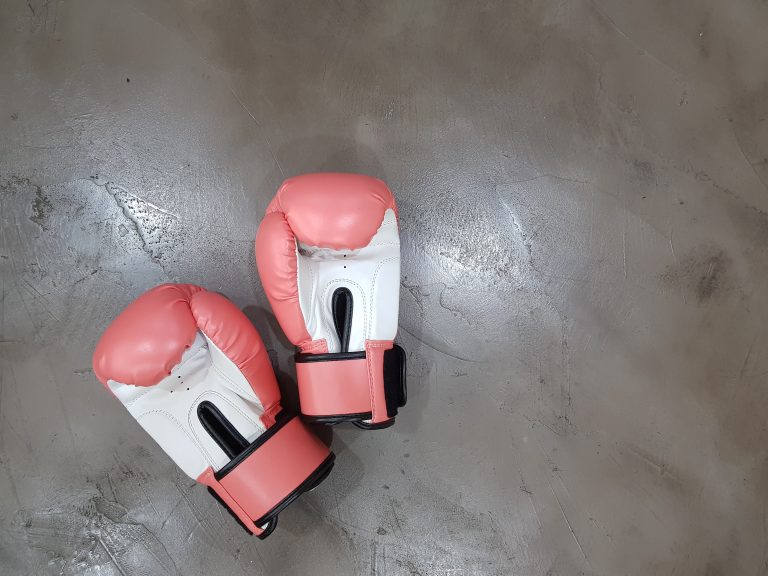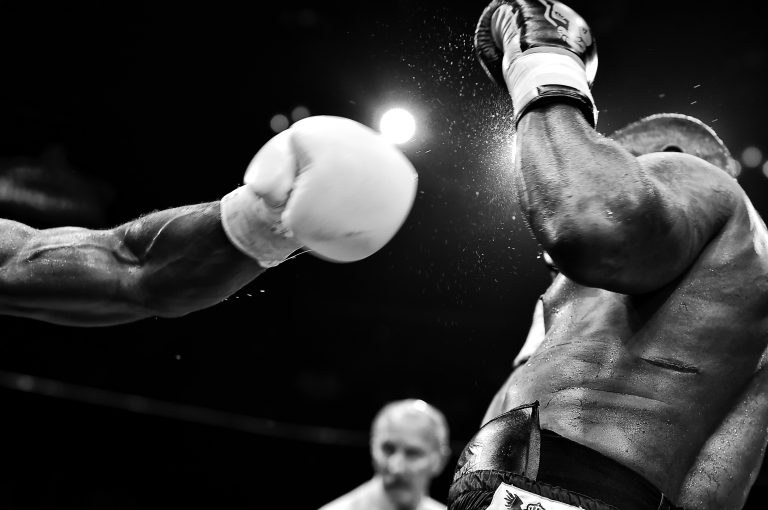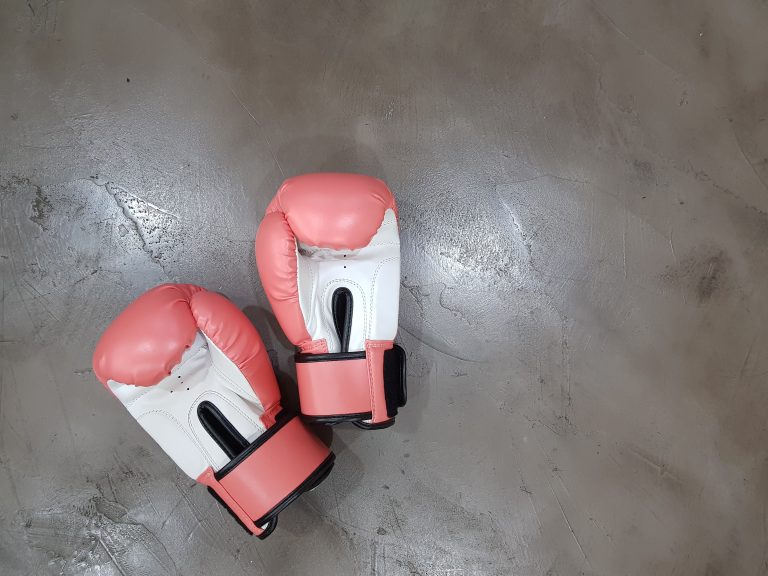Karate: Ist die Aufteilung in Kata und Kumite wirklich sinnvoll?
Karate ist eine der bekanntesten Kampfkünste der Welt und eine der populärsten Sportarten. Es ist nicht nur eine Kampfkunst, sondern auch eine Lebenseinstellung und eine Disziplin. Obwohl Karate auf den ersten Blick ein einheitlicher Sport zu sein scheint, gibt es viele verschiedene Techniken und Strategien, die gelernt werden müssen. Eine der grundlegendsten Unterscheidungen, die es im Karate gibt, ist die Aufteilung in Kata und Kumite. Doch ist es wirklich sinnvoll, diese beiden Teile des Karate voneinander zu trennen?
Kata ist der traditionelle Teil des Karate, der es den Karateka ermöglicht, die verschiedenen Techniken zu verfeinern und ihre Fähigkeiten zu entwickeln. Es besteht aus einer Reihe von vordefinierten Bewegungen, die in einer bestimmten Reihenfolge ausgeführt werden. Bei Kata handelt es sich um eine abstrakte und komplexe Übung, bei der nicht nur Techniken, sondern auch Körperhaltung, Ausrichtung und Atmung einbezogen werden. Es ist eine effektive Methode, um all diese grundlegenden Elemente des Karate zu lernen und zu verfeinern.
Kumite ist der Wettbewerbsteil des Karate, bei dem die Teilnehmer gegeneinander antreten. Es ist eine direktere Form des Trainings als Kata, da es den Teilnehmern ermöglicht, ihre Fähigkeiten im Echtzeit-Kampf zu testen und auszuprobieren. Bei Kumite wenden die Teilnehmer die Techniken, die sie beim Kata erlernt haben, direkt an. Es handelt sich um eine sehr dynamische Form der Kampfkunst, bei der die Teilnehmer versuchen, ihren Gegner zu bezwingen.
Kata und Kumite sind also sehr unterschiedliche Formen des Karate. Während Kata dazu dient, die Techniken zu verfeinern und zu perfektionieren, dient Kumite dazu, diese Techniken im direkten Wettkampf anzuwenden. Doch ist es wirklich sinnvoll, diese beiden Teile des Karate voneinander zu trennen?
Um diese Frage zu beantworten, müssen wir uns die Vor- und Nachteile der Aufteilung von Kata und Kumite ansehen. Zunächst einmal ist es wichtig zu beachten, dass Kata und Kumite verschiedene Aspekte des Karate abdecken und es für den Teilnehmer wichtig ist, sowohl Kata als auch Kumite zu trainieren.
Einer der größten Vorteile der Aufteilung von Kata und Kumite ist die Fokussierung auf bestimmte Techniken und Strategien. Da jeder Teil des Karate spezielle Fähigkeiten erfordert, kann es für den Lernenden schwierig sein, sich auf alles gleichzeitig zu konzentrieren. Durch die getrennte Ausbildung in Kata und Kumite wird es dem Lernenden ermöglicht, sich besser auf die jeweiligen Elemente des Karate zu konzentrieren und so seine Fähigkeiten effektiver zu entwickeln.
Darüber hinaus kann die getrennte Ausbildung in Kata und Kumite den Lernerfolg erhöhen. Da jeder Teil des Karate spezifische Techniken und Strategien erfordert, kann es für den Lernenden schwierig sein, alle Aspekte gleichzeitig auszubalancieren. Durch die getrennte Ausbildung kann der Lernende lernen, jeden Teil des Karate separate effizienter zu meistern.
Ein weiterer Vorteil der Aufteilung von Kata und Kumite besteht darin, dass sie den Lernenden motiviert. Da die Trainingsmethoden in jedem Teil des Karate unterschiedlich sind, können Lernende den Weg finden, der ihnen am besten liegt und ihnen hilft, ihre Fähigkeiten zu entwickeln. Auch wenn manche Lernende vielleicht mehr von Kata als von Kumite profitieren, können andere genau umgekehrt sein – die Aufteilung in Kata und Kumite ermöglicht es daher jedem Lernenden, den Weg zu finden, der am besten zu seinen Fähigkeiten passt.
Allerdings gibt es auch Nachteile bei der getrennten Ausbildung von Kata und Kumite. Einer der offensichtlichsten Nachteile ist, dass es für den Teilnehmer schwierig sein kann, die Techniken aus dem jeweils anderen Teil des Karate anzuwenden. Obwohl Kata und Kumite völlig unterschiedliche Ansätze haben, sollten sie doch in einem Training miteinander verbunden werden – aber mit getrenntem Training ist dies schwieriger als mit integriertem Training.
Darüber hinaus kann es für manche Lernende schwierig sein, den Übergang von Kata zu Kumite oder umgekehrt vorzunehmen. Es ist nicht leicht, von einer statischen Übung zu einer dynamischen Übung zu wechseln oder umgekehrt – aber mit integriertem Training kann man die Übergänge leichter bewerkstelligen.
Abschließend lässt sich also sagen, dass die Aufteilung von Kata und Kumite sowohl Vor- als auch Nachteile hat – aber insgesamt ist es vielleicht doch sinnvoll, diese beiden Teile des Karate voneinander zu trennen. Jeder Lernende hat seine eigenen Präferenzen beim Training – aber Kata und Kumite bieten beiden eine effektive Möglichkeit, ihre Fähigkeiten zu entwickeln und zu perfektionieren. Es liegt also ganz bei jedem Einzelnen, welchen Weg er oder sie nehmen möchte – aber jeder Weg sollte sowohl Kata als auch Kumite beinhalten.
Karate: Is dividing it into Kata and Kumite really useful?
Karate is a martial art that has been around for centuries. It originated in Japan and has since spread to various parts of the world. One of the most talked-about aspects of karate is its division into two main categories: Kata and Kumite. While some argue that this division is necessary for effective training and mastery of the art, others believe that it causes unnecessary limitations. In this blog post, we’ll be addressing some of the most frequently asked questions regarding this topic.
What is Kata?
Kata is a form of solo training that involves performing a sequence of pre-determined movements. These movements can be performed either as a competition or a demonstration of technique. The purpose of Kata is to help practitioners develop fluidity, accuracy, and grace in their movements. It also helps develop muscle memory, which is essential for effective fighting techniques.
What is Kumite?
Kumite, on the other hand, is a form of sparring against an opponent. Kumite is a vital aspect of Karate as it allows practitioners to put their skills into practice. Unlike Kata, Kumite is not fixed or pre-determined, and the outcome is not known beforehand. Kumite can be performed with full contact or light contact, depending on the level of the practitioners.
Is it necessary to divide Karate into Kata and Kumite?
The division of Karate into Kata and Kumite has been around for a long time and is deeply ingrained in the practice of many dojos. However, there is no set rule that states that Karate must be divided in this way. Many practitioners argue that dividing Karate into these two categories can be limiting and that it’s possible to train in both without separate distinctions.
What are the benefits of dividing Karate into Kata and Kumite?
Dividing Karate into Kata and Kumite can be useful for students of the art. Kata provides a good foundation in technique and develops muscle memory, while Kumite allows students to put their skills into practice. It also helps instructors track their students‘ progress more easily.
Can one excel in Karate without practicing Kata or Kumite separately?
There is no hard and fast rule that states that one must practice Kata and Kumite separately to become a skilled Karateka. There are many examples of successful practitioners who focus more on one aspect than the other. However, it’s important to note that both aspects are essential and play a fundamental role in the overall development of a practitioner.
What is the ideal balance between Kata and Kumite in Karate training?
There is no one answer to this question, as the ideal balance between Kata and Kumite depends on the goals of the individual practitioner. However, many practitioners believe that a balance of around 60% Kata and 40% Kumite is a good rule of thumb. Some may prefer to dedicate more time to one aspect than the other, depending on their goals and preferences.
What are some common misconceptions about the division of Karate into Kata and Kumite?
One of the most common misconceptions is that Kata is for beginners and Kumite is for advanced practitioners. This is not true, as both aspects are essential and require advanced skills to master. Another misconception is that focus on one aspect means neglecting the other, which is also not true. Practicing one aspect more than the other doesn’t necessarily mean neglecting the other.
Conclusion
In conclusion, the division of Karate into Kata and Kumite is a longstanding tradition in the martial art. While it can be a useful tool to help practitioners develop their skills, it’s not necessary to practice each aspect separately to excel in the art. The ideal balance between Kata and Kumite depends on the goals and preferences of the individual practitioner. By understanding the benefits of each aspect and dispelling common misconceptions, practitioners can take a more well-rounded approach to their development in the art of Karate.
Inhaltsverzeichnis






